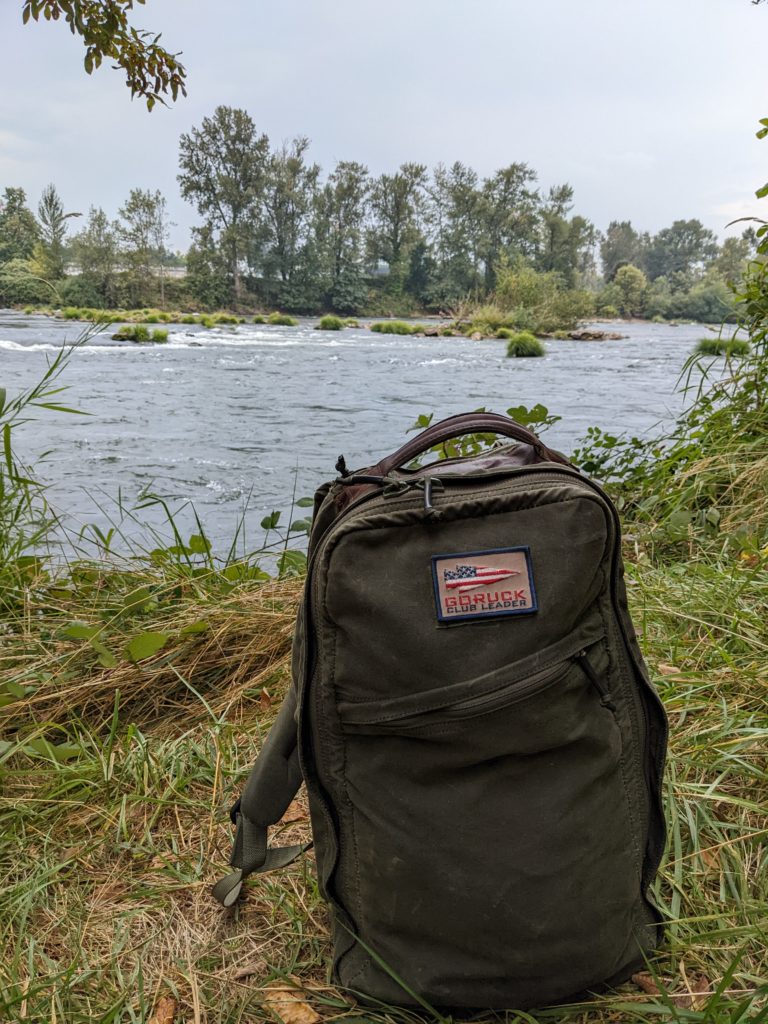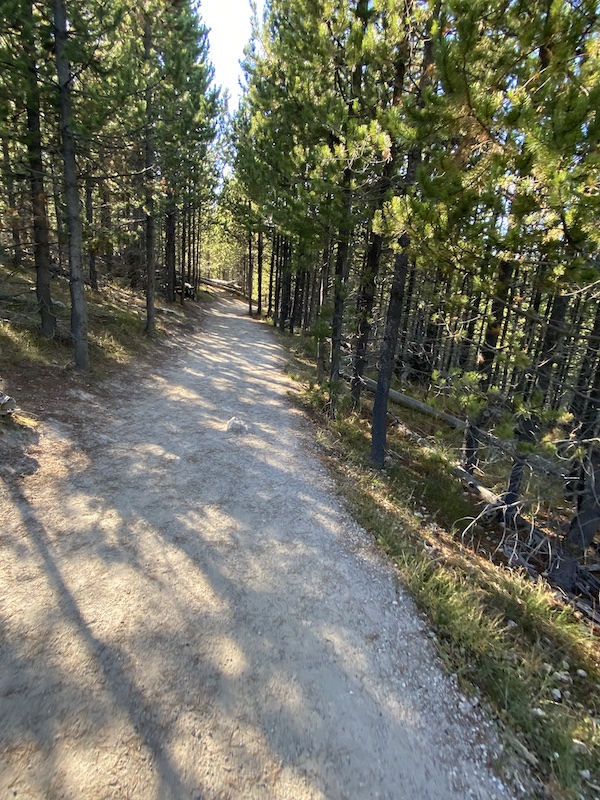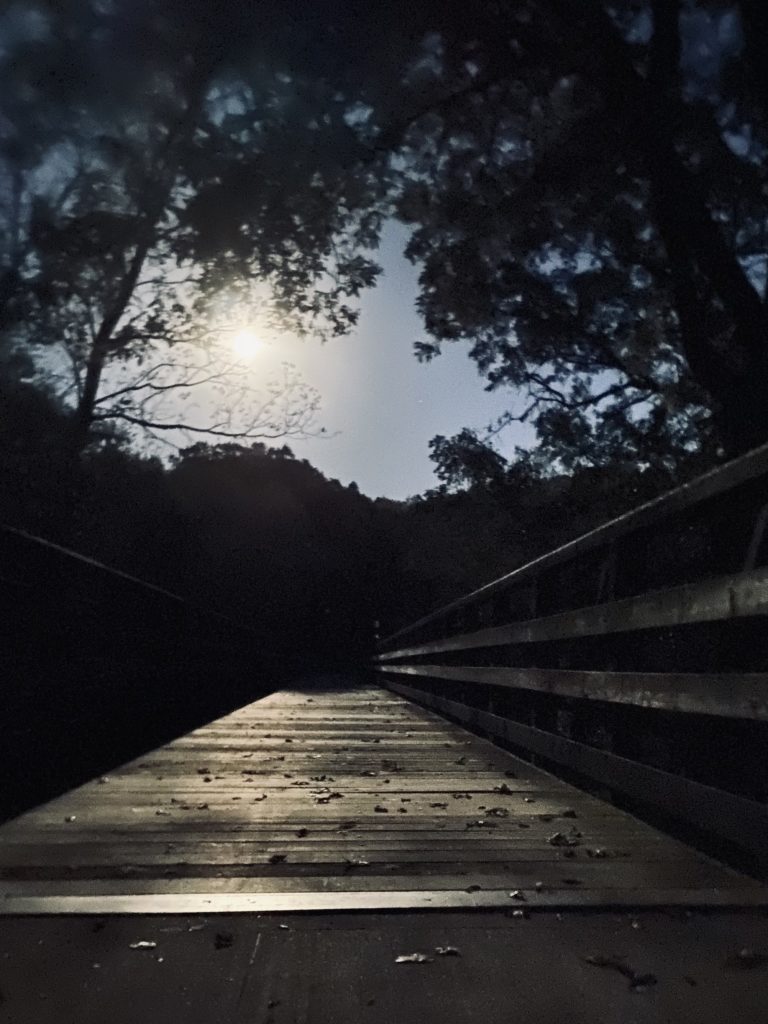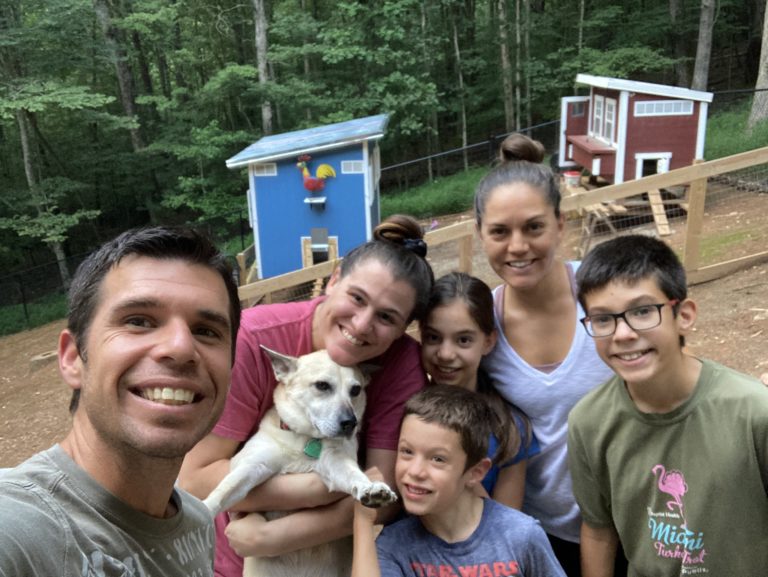Doing Life with People: 3 Signs from the Slopes

It’s at the bottom of the slopes that it feels most risky. It’s not the terrain or even the conditions. It’s the people.
Up top, it’s a slow-moving congregation of skiers fastening gear and finalizing which run to take to the base. By turns, we disperse over the face of the mountain—not together but all heading in the same downward direction. Flowing like tributaries into a river, our chosen runs move us toward a single destination: the lifts at the bottom.
This is where it gets uncomfortable, tough, and maybe a little dangerous.
Close proximity with people always is. True on the slopes. True in life. On the mountain, posted signs advise skiers and snowboarders how to arrive at the bottom intact. These same signs speak to those of us who want to navigate life with people.

Sign 1: Trails Merge
It’s easier to ski alone than in a crowd. There’s no merging, no concern about getting in a faster skier’s way, no worry about getting shellacked by a distracted snowboarder. There’s space to ski at your own pace, in your own way without consideration for anyone else.
Hence the sign.
It may be easier to ski alone, but it’s no way to live. While it may feel easier and safer to walk through the ups and downs of everyday life alone, our feelings don’t always have our best interests at heart. Research indicates that social isolation is the opposite of safe in that it is as detrimental to our health as smoking, physical inactivity, and obesity. We were created for fellowship. That it’s not good for man to be alone is true for men and for women and pertains to friendship as well as marriage. Friendship is how we sharpen one another because it’s there that we’re close enough that our blades can make contact.
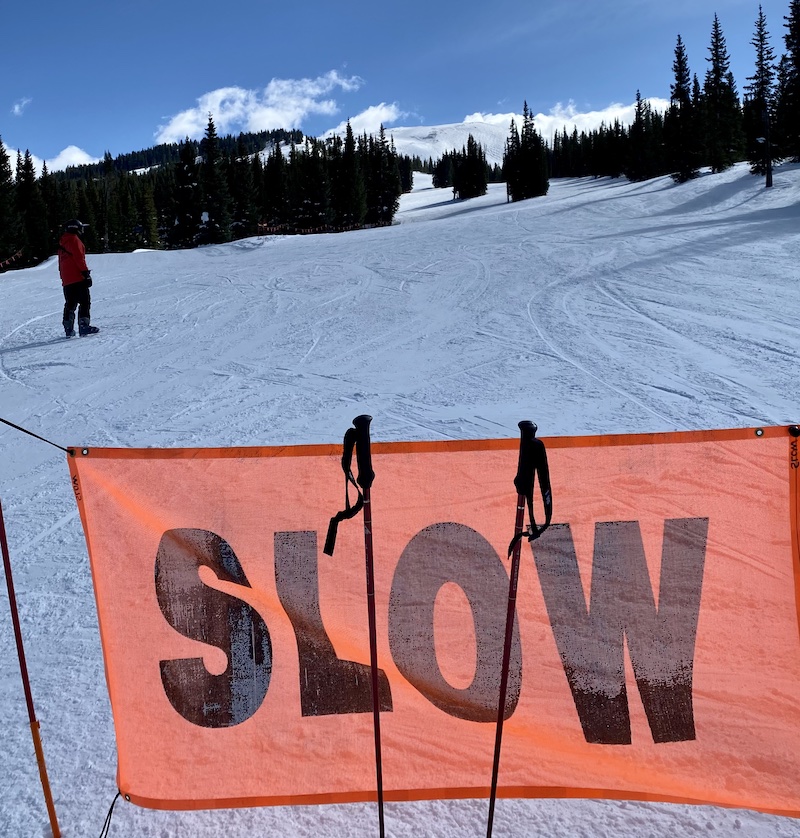
Sign 2: Slow
Congested areas nearly always bear signs reminding skiers to slow down. Uphill skiers and downhill skiers each have jobs. Downhill skiers are supposed to be predictable and merge without cutting people off. Uphill skiers are supposed to give those below them space and not run them over. Beyond that, we’re all supposed to ski in control.
Merging into a fleet of uphill skiers who are moving fast, bent on getting to the bottom, over snow that is invariably slick from overuse, is scary.
Here’s the truth: we’re all uphill skiers in our own way. Maybe we think fast. Talk fast. Act fast. Anger fast. Whatever our fast is, we’re surrounded by people who are just trying to make it and hoping to stay out of our way. Slowing down is one aspect of expanding our view to include not only our interests but also the interests of others. This is how we help each other along. Unfortunately, this doesn’t come naturally. Very little that we’re called to in the Bible does. It’s a discipline—one that calls us to rely on strength outside ourselves and challenges us to walk alongside one another, for their benefit and ours.
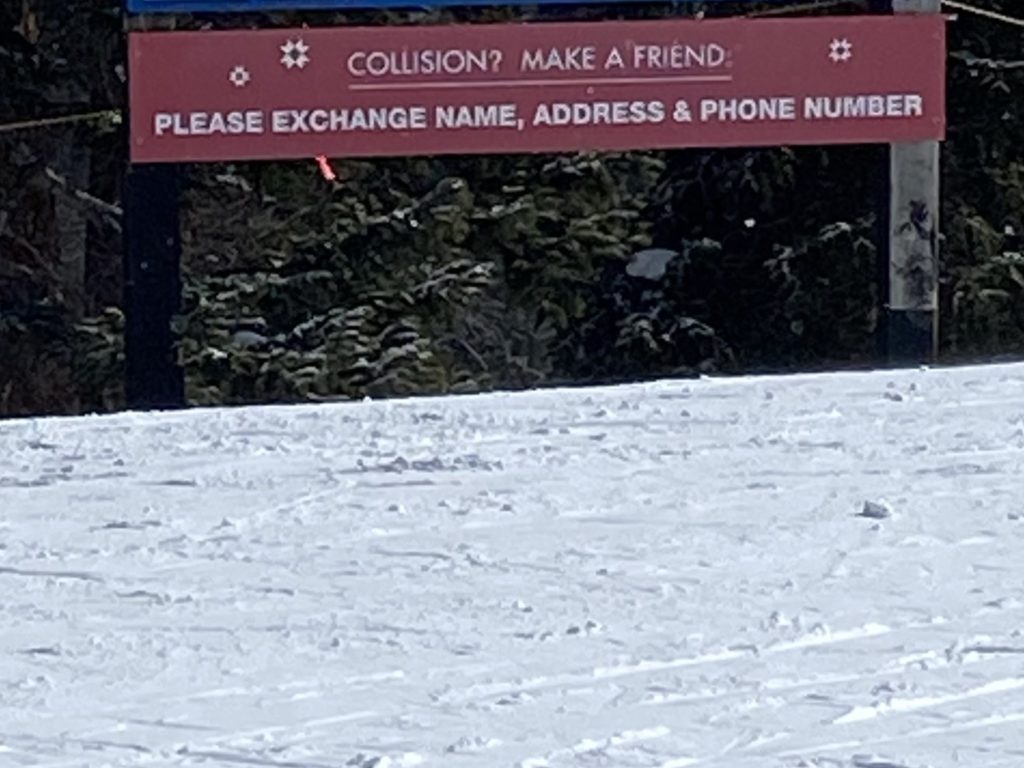
Sign 3: Collision? Make a Friend. Please exchange name, address & phone number
There are skiers of all different speeds and skill levels on the mountain. Collisions happen. If it does, we need to do the right thing.
This is as true for life as it is on the slopes.
We’re all moving through life at varying speeds, with different skill levels, under invisible burdens. We live in a loud, crowded world where collisions are almost guaranteed. When our words, our opinions, our actions, or our attitudes run into a fellow image-bearer, we have a choice. We can employ an adventurous mindset so we can do the hard thing, take the risk, and make a friend—or we can walk away.
Pause & Ponder:
Dan’s been talking about connecting with others over on Instagram. If you’re interested in connecting with others in a more meaningful way or if you’d like to move beyond a physical challenge to one that will engage your mind and heart, consider this list as a starting point:
- Slow down enough to see and hear the people around you.
- Identify your “fast” and consider how slowing it down can help those around you make it to the destination.
- Listen more than you talk—especially with those who see things differently than you.
- Choose conversation over debate when you encounter people who see the world differently than you do. (I appreciate my friend Lois’s dad’s approach to this.)
- Make a friend—maybe who’s not already part of the tribe you’re already part of, one who will challenge your thinking.
Do you have any ideas for fostering friendship? Let us know. We’d love to hear.
happy trails ~ Natalie


